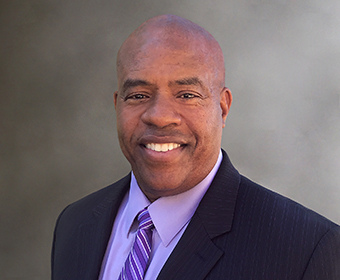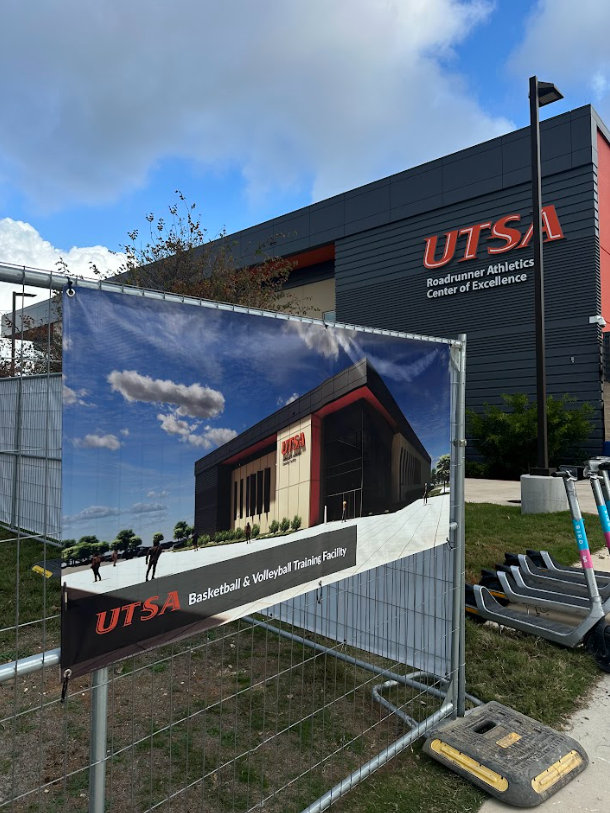Myron Anderson was selected as the university’s vice president for inclusive excellence in early November and officially began to fulfill his duties in this founding position on Jan. 1. Anderson will be assisting UTSA in moving in a strategic direction towards improving the campus climate for underrepresented groups.
Anderson brings more than 25 years of professional experience in higher education, including time as a faculty member conducting research in education technology to UTSA.
“My journey to get this position took place throughout my life,” Anderson said. “You look at my understanding of equity, and actually being apart of inequities throughout my life, really gave me a passion to see how we can promote equity for everybody.”
In his position, Anderson uses an equitable, inclusive and excellence lens to see how the university can collectively work together to promote equity for all. Prior to joining UTSA, Anderson served in a similar position as associate to the president for diversity at Metropolitan State University of Denver.
“Taking [all previous experiences], learning, understanding and developing as a person has helped shaped who I am today and really prepared me to be a part of this collective work that we as an institution, student body, faculty and staff have to do to promote inclusive excellence at UTSA.”
Anderson has also conducted research in instructional technology, distance education, campus climate, diversity and microaggressions in higher education.
One of Anderson’s goals for his position is to move UTSA towards an inclusive excellence ecosystem in order to sustain inclusivity, equity, excellence and gratuity.
“Part of my job is to look at our systems, programs, current projects, possible gaps and look how we can develop new programs based best practices for a national stage, and try to see how we get a 60/40 split of systems and reaction measures to allow us to advance inclusivity,” said Anderson.
There are five elements associated with the inclusive excellence ecosystem: education, programs, policy procedures, organizational climate and systems.
Anderson states that by viewing these five elements through different lenses along with proactively listening to the campus, he can observe ways to build teams and communities to better assist him in looking at these elements. By doing so, Anderson believes the university will be able to listen, cocreate, harvest the knowledge and then implement programs.
“The goal is for UTSA to be the best institution in the country,” said Anderson. “I see myself as an ingredient amongst the entire leadership team, student body, faculty and staff to help them achieve their goals and agendas especially as it relates to diversity and inclusion. My goal is to be one of the ingredients that allows us to be successful.”
One reason why Anderson decided to come to UTSA is because of the students. Prior to his interview for the position, Anderson talked to students to share their thoughts on the campus and said they loved it here.
“I’m seeing a school that takes students where they are and raises them to new heights. I said ‘wow, I want to be apart of that,’” said Anderson.







